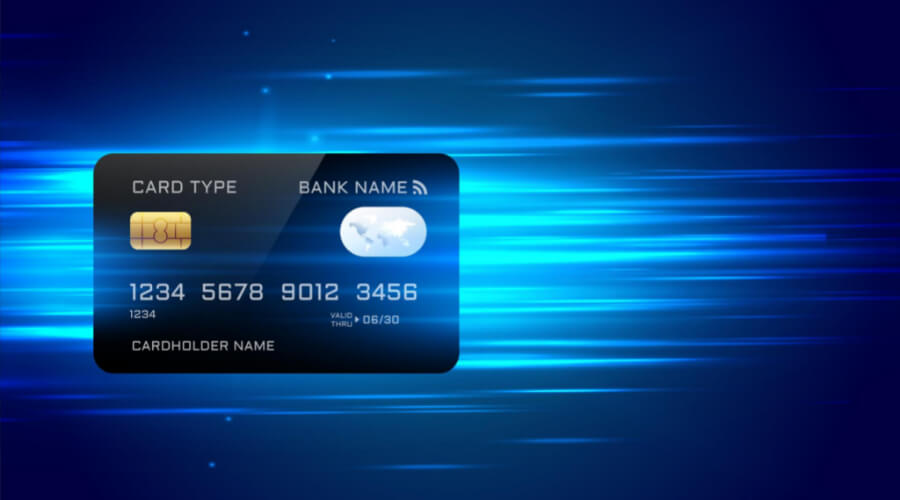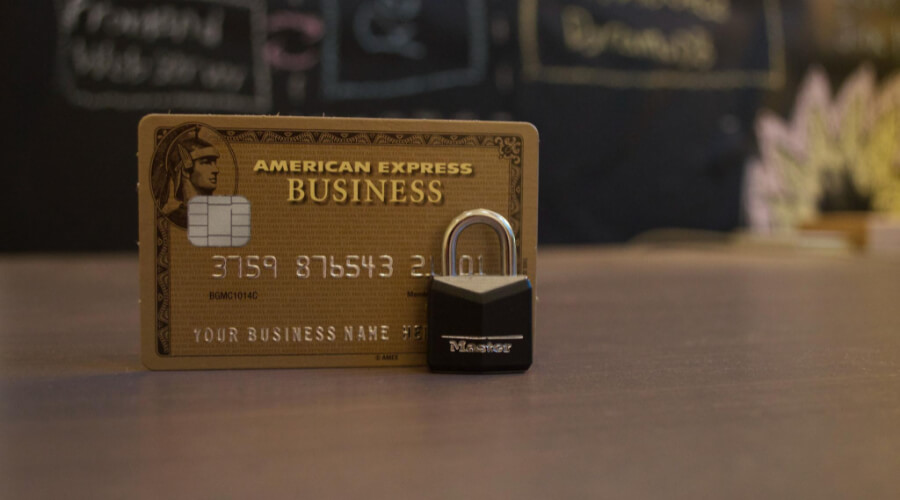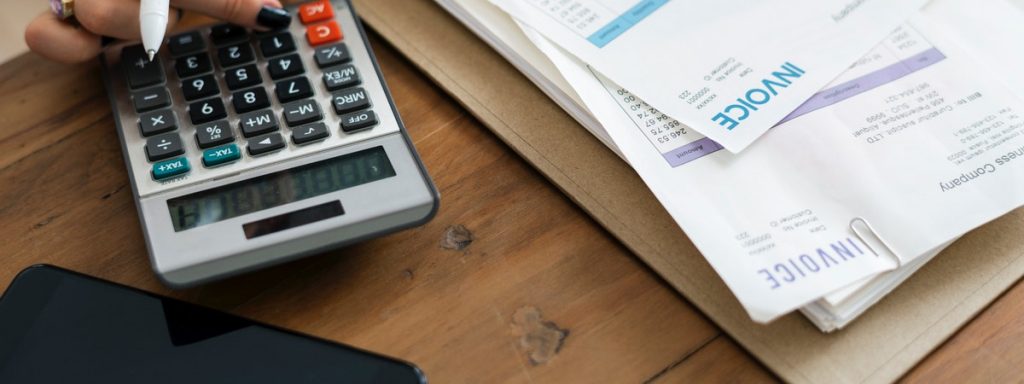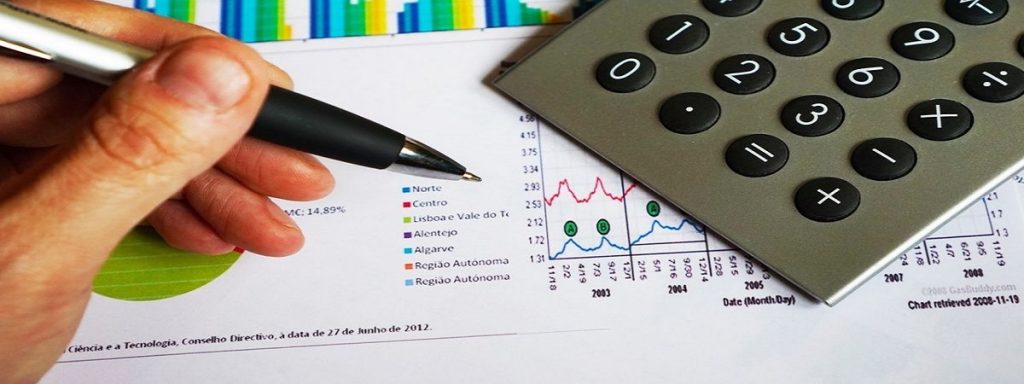Credit card companies investigate disputes depending on your claims. They’ll correct minor issues like arithmetic immediately. However, some disputes will prompt them for a thorough investigation. You’ll get a response within 30 days in writing as the law requires. In two billing cycles, they must complete the investigation and resolve the issue.
Key Takeaways
- There are quite a few valid reasons you can dispute a credit card charge like unauthorized charges, defective merchandise, billing error, etc.
- You should keep in mind that complaining regarding the quality of service or product doesn’t qualify as billing error disputes
- When you dispute a credit card charge, the credit card issuing company will request police reports copies and receipts for signature comparison
- When the charge is being investigated, the company will not report the amount as delinquent
What Does Dispute A Charge Means?
Disputing a credit charge in credit card transactions means a situation where cardholders question the validity of certain transactions that were applied to their account by a credit company. Credit card disputes can happen for reasons such as
1. Fraudulent or unauthorized charges
2. Defective merchandise
3. Billing error
4. Failure by the merchant to deliver products
5. Duplicate charge among other dispute
Compliant regarding the quality of service or product doesn’t qualify as billing error disputes and lack the same protections under the law. To raise a credit card dispute, you send a letter explaining the situation together with copies of receipts or other evidence available to your credit card issuer.
How Do Credit Card Companies Investigate Disputes?

Credit card companies pay more than lip service to dispute a charge. After all, it takes money and time to investigate a mistake that’s not their fault. But, first, credit card issuers will cancel your card and send you a replacement, then start a fraud investigation.
In addition, they are required by law to investigate any disputed charges. After receiving your complaints, the credit company must send you a letter within 30 days acknowledging or resolving receipt. The credit card company must complete the investigation within two billing cycles or exceed 90 days.
The card issuer is expected to examine the details of your case and make a fair, impartial judgment to determine liability. These companies have extensive and complex guidelines for such. All these guidelines determine how credit card issuers like banks dispute for the significant card brand. Their fraud investigation process is as follows;
The Bank Fraud Investigation Process

Customer Makes Complaints
The buyer might claim that they didn’t receive the product or the product is unacceptable. The buyer can also claim the transactions were not authorized, duplicate, among other disputes.
The Bank Gathers Evidence
After acknowledging your complaints receipts, the bank makes their due diligence. They examine the relevant information about those transactions to determine their fault. Bank can do this automatically via programs like Mastectomy Eliminator or Visa Merchant Purchase.
The Bank Examines The Transactions Further
The bank has the responsibility to review the transactions data that relates to their customer’s claims. They then evaluate if the claim is reasonable.
The Bank Makes A Decision
After completing the investigation as stipulated by the law, i.e., Federal Trade Commission (FTC), the credit card issuer decides to file a chargeback on the customer’s behalf or reject the inquiry. They will notify the customer of their decision via mail or online account with an explanation.
If the bank determines that the said transaction is a fraudulent charge, they can contact the authorities. If the signs suggest a large pattern (especially those that cross state lines), The US Federal Bureau of Investigations (FBI) may get involved. In several cases, the bank handles the situation on its own through its internal fraud team.
Evidence That Bank Uses
There’re several different pieces of evidence that the card issuer might base the decision when carrying out credit fraud investigation process like;
Geolocation Data: From the location where the buyer places their order? Does it match the cardholder’s locations at that particular time?
IP Address: Did the buyer’s IP address match with the cardholder’s address? If not, does this suggest that the purchase made was fraudulent?
Transactions Timestamps: At what time did the buyer conduct the transactions? Give the cardholder location. Was it a reasonable time of the day?
Customer Account Activity: Looking at the customer account activity, was this a one-off incident thing, or is there a batch of such unauthorized transactions tied to the customer account?
Behavioral Indicator: As per the customer’s typical pattern of behavior, does that particular purchase seem unusual? Is it something that they have purchased before or not?
3-D Secure: Is the customer enrolled in MasterCard Secure Code, Verified by Visa, or some other development of 3-D secure? Was the technology used during that particular time?
All these are some of the few examples that the bank might use. The evidence the issuer examines varies depending on the cardholders’ claims.
The bank may also send an inquiry to the merchant for more information as part of their investigation process. The merchants should comply with such requests as a timely response may prevent lost revenue and paying costly chargebacks fees.
What Does The Bank Do In Cases Of Fraud?
The cardholder’s liability is limited by law to $50 for fraud relating to credit card transactions and $500 or less on debit card cases depending on the report. On the other hand, the bank may offer “Zero liability” to their customers, meaning the bank protects the cardholder from any loss from fraud.
The bank will immediately advise the customer to contact the three credit reporting bureaus, i.e.’ Experian, TransUnion, and Equifax, if it determines the claim of fraud is legitimate. In such a case, the customer can request a credit freeze to prevent potential damage to the customer’s credit rating.
As for the transaction in question, the bank may either decide;
1. The merchant is also partially responsible, file a chargeback to claw back some funds. The money is tied up; the cardholder, the bank, or the merchant has no access to the funds.
2. To reimburse the customer and write off the loss. It’s the norm practice if the dollar value of the transactions doesn’t justify the cost associated with the chargeback.
Even though the bank wants to move faster, it will take up to 90 days to investigate the charge and fully complete the initial chargeback.
But, the process may take a more extended period if the merchants also decide to fight back the dispute. Usually called representment, and the merchant represents the transaction to the issuer literally.
Plus, the evidence supports their claims that the said transaction is legitimate and should have been upheld.
In case of representment, the bank should repeat their investigation, taking into account additional evidence. Even in such a case, the chargeback process typically takes six months to resolve the issue.
What Are The Main Reasons Credit Card Companies Take Disputed Charges Seriously?
Credit card issuers take disputed charges seriously, but primarily for their selfish reasons such as;
Reputation
Reputation equals profit, and credit companies know that very well since it’s the most lucrative commercial banking area. They make a massive amount of money by charging customers interest on balances carried over or fees for late payment.
Also, fees from balance transfers, cash withdrawals or exceeding credit limit, and so on. The customer is the king, so both the credit company and the merchants will have every incentive to protect their reputation by acting and solving the disputed charge quickly.
Dispute Process
For some dispute-like errors, the process is pretty straightforward. You need to gather the details and why you’re disputing it and notify the credit issuer in writing or by phone within 60 days. Many companies will credit your account immediately as they continue with the investigation on the charges. Now it’s up to the company or merchant to challenge your claim with proof.
The Law
These companies are governed by law protecting the consumer’s interest, so they will have to investigate the dispute after acknowledging it within stipulated timelines.
Guard Against Theft
If you suspect your credit card or information is stolen, notify your company issuer immediately to cancel it, thus, preventing any potential theft, identity, or fraud. Even if the personal liability is limited by law to 50 dollars getting out of such transactions will spare you many headaches down the line.
The Higher The Stake, The Greater The Fight Will Be
Some people seek to take advantage of the system to squeeze money out of the honest merchants. Luckily fraud has costs that are passed on to all cardholders and consumers who respect the right of merchants to challenge those who want to perpetuate a scam. Although due to time and expense, the merchant mostly chooses to fight those that exceed 25 dollars.
Final Take
It’s essential to know your rights as a cardholder. Don’t shy away from exercising those rights. Take advantage of the law’s consumer protection whenever you have a dispute. Be keen on your transactions to note any disparity. After raising a dispute, please wait for the company’s response and decision; the bank fraud investigation process explained here comes in handy. The Credit Company can uphold or dispute your claims with explanations. Their decision is left for you or the merchant to challenge.
References:
1. https://budgeting.thenest.com/credit-card-companies-really-investigate-disputed-charge-34353.html
2. https://www.creditkarma.com/credit-cards/i/credit-card-dispute
Last Updated on October 28, 2022 by Magalie D.

Magalie D. is a Diploma holder in Public Administration & Management from McGill University of Canada. She shares management tips here in MGTBlog when she has nothing to do and gets some free time after working in a multinational company at Toronto.





